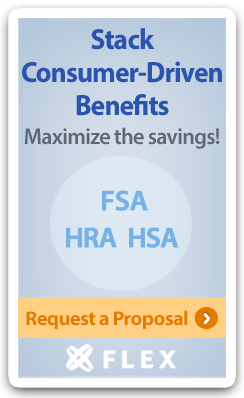Benefits Buzz
Putting a Chain on Inflation for some Benefits
Posted on January 30th, 2018

The Tax Cuts and Jobs Act was signed into law on December 22, 2017. It has been making headlines for many reasons over the past few weeks, but some parts of the law aren’t receiving as much attention – such as the provisions pertaining to the use of the Chained Consumer Price Index for Urban Consumers, also known as the Chained CPI.
The Chained CPI is like the more traditional Consumer Price Index (CPI) in that it is also a measure of inflation. The CPI and Chained CPI are reported monthly and both track the prices of a “basket” of 80,000 goods and services bought by consumers. However, the Chained CPI also incorporates something called substitution bias. This measure recognizes that purchasing behavior changes, at least to some degree, as prices change. For example, if the cost of Starbucks coffee increases, people may buy Dunkin Donuts coffee instead.
The annual Chained CPI is usually a few tenths of a percentage point lower than the more traditional CPI because it incorporates substitution bias. Proponents of the Chained CPI believe it is a more accurate and true measure of inflation.
Why is this important?
The new tax law shifts the inflationary measure used for many benefits from the traditional CPI to the Chained CPI. Annual increases to Health Flexible Spending Accounts (Health FSAs), Health Savings Accounts (HSAs), Commuter Plans and others will now be tied to the Chained CPI. Since the Chained CPI is lower than the more traditionally used CPI, that means annual adjustments to contribution limits of these benefits will increase at a slightly lower rate and/or pace.
Update: The Chained CPI resulted in a reduction to the annual maximum contribution limit to Health Savings Accounts (HSAs) for families. The limit was adjusted downward from $6,900 to $6,850. No changes were made to contribution limits for Flexible Spending Accounts (FSAs) or Commuter Plans.

